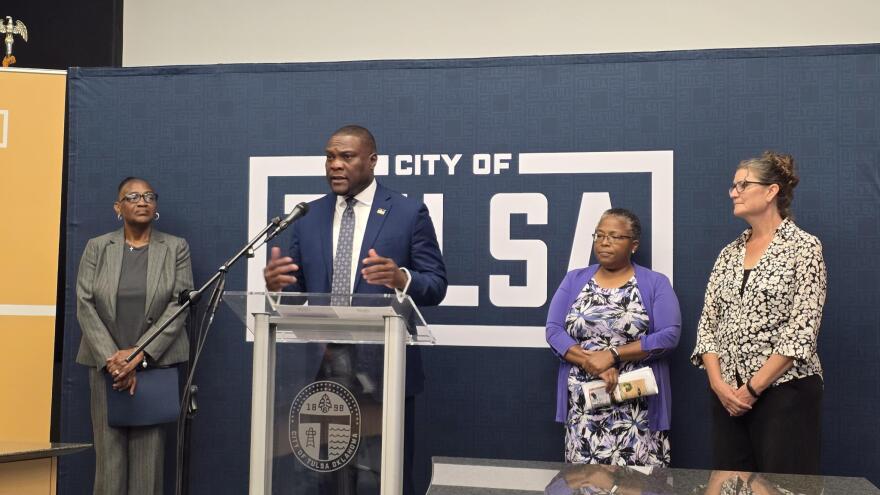Crews have begun digging at Oaklawn Cemetery in Tulsa for a fifth time in the hopes of uncovering more victims of the 1921 Race Massacre.
The latest excavation is the largest by land area, according to state archaeologist Kary Stackelbeck.
Mayor Monroe Nichols held a press conference with lead members of the excavation team to discuss details of the dig and genealogical research.
"On the genealogy side, we've come a long way since the first identification of C.L. Daniel," Nichols said.
Daniel was the first victim positively identified by DNA and historical records. Nichols said the city is working with Daniel's descendants to bury his remains back home.
One other massacre victim, James Goings, was positively identified through documents as a massacre victim. A third person, George Melvin Gillispie, has not been labeled a massacre victim but is of interest to the research team.
Other sites under consideration, pending feasibility
There are other potential mass grave sites in Tulsa, including Newblock Park, an area near the Arkansas River known as "the Canes," and Rolling Oaks Cemetery, according to forensic anthropologist Dr. Phoebe Stubblefield.
"Oaklawn, by the community narrative, wasn't the only place to examine for remains," Stubblefield said. "It was just the lowest-hanging fruit, so we started there first."
Teams have done preliminary tests on some of these areas, but additional hurdles burden the chance of excavations.

Rolling Oaks, formerly known as Booker T. Washington Cemetery, is private property and would need to permit the city's teams to search there.
The Canes and Newblock Park have physical challenges thanks to over a century of redevelopment.
"These are locations that have gone through tremendous amounts of land modification in the years since the event, since 1921, all of which obscures the archaeological record and makes it very challenging," Stackelbeck said.
A fifth excavation was deemed warranted after experts did not find the number of victims they expected. According to Stubblefield, many victims buried at Oaklawn had death certificates.
The research team's latest report after the last four excavations can be found here.
This report was produced by the Oklahoma Public Media Exchange, a collaboration of public media organizations. Help support collaborative journalism by donating at the link at the top of this webpage.









